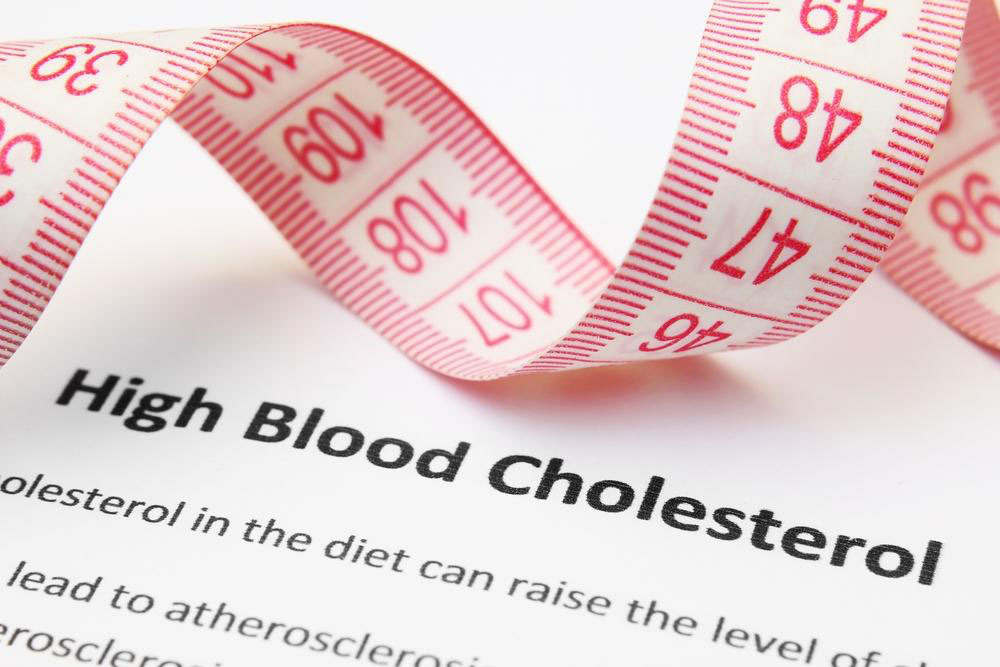Comprehensive Guide to Recognizing and Managing a Mini-Stroke
This comprehensive guide covers the symptoms, emergency actions, and lifestyle factors associated with mini-strokes. Early recognition and prompt treatment are vital for preventing long-term damage. Key signs include speech difficulties, numbness, vision changes, and dizziness. Immediate medical care can significantly improve outcomes. Lifestyle modifications such as maintaining a healthy weight and regular exercise can lower risks. Awareness and quick response can save lives and reduce disabilities from mini-strokes.

Comprehensive Guide to Recognizing and Managing a Mini-Stroke
A stroke occurs when blood flow to a part of the brain is interrupted, depriving brain tissues of oxygen and essential nutrients. When this happens, brain cells quickly begin to die, leading to potential damage.
What is a mini-stroke?
Also known as a transient ischemic attack (TIA), it is a medical emergency requiring prompt treatment. Early response can significantly reduce long-term consequences, and modern medicine offers ways to prevent and treat these events effectively.
Signs of a mini-stroke
Recognizing symptoms early is crucial for treatment. Here are key indicators:
Early detection can prevent progression. Be alert to these signs and act quickly:
Speech difficulties
Sudden confusion, slurred speech, or trouble articulating words are common symptoms of a mini-stroke.
Numbness and weakness
Sudden numbness or paralysis in the face, arm, or leg, often on one side of the body. Test by asking the person to raise both arms—if one drops, it may indicate a stroke.
Other symptoms include:
Visual disturbances
Blurred, double, or blackened vision can occur unexpectedly during a mini-stroke.
Headache
Severe headache accompanied by dizziness, vomiting, or loss of consciousness.
Walking issues
Dizziness, imbalance, or difficulty coordinating movements may lead to stumbling. Keep the affected person stationary if symptoms appear.
Behavioral and memory changes
Sudden mood swings, confusion, or forgetfulness can be warning signs. Watch for difficulty recognizing familiar surroundings or people.
Swallowing difficulties
Trouble swallowing food or liquids indicates urgency.
If any of these symptoms appear, immediate medical attention is essential. Even if symptoms lessen, consult a healthcare professional without delay. To assess suspected stroke signs in others, try the following:
Ask the person to smile—if one side droops, seek help.
Have them raise both arms; inability indicates possible stroke.
Listen to their speech—slurring or confusion is a red flag.
Call emergency services if symptoms worsen or persist.
Prompt treatment is vital; delays can lead to lasting disabilities. Stay with the person and monitor their condition until help arrives.
Managing a mini-stroke
Immediate transportation to a hospital emergency department is critical. Emergency medical teams include specialists like neurologists and radiologists who will assess and treat the patient promptly to minimize brain damage.
Risk factors and lifestyle considerations
Certain habits increase mini-stroke risk. Controlling these factors can lower the chance of occurrence:
Overweight and obesity elevate stroke risk. Maintaining a healthy weight is beneficial.
Sedentary lifestyle and lack of physical activity contribute to the problem. Regular exercise helps prevent it.
Excessive alcohol consumption is harmful. Moderation is key.
Use of illegal stimulants like cocaine and methamphetamines can trigger strokes.
Emphasizing a balanced diet and ongoing physical activity promotes long-term brain health and reduces mini-stroke risks.
Note:
Our blog provides practical, research-backed information across various health topics. While we strive for accuracy, articles are for informational purposes and shouldn't replace professional medical advice. We disclaim responsibility for discrepancies or unlisted offers or schemes that might benefit the reader.










